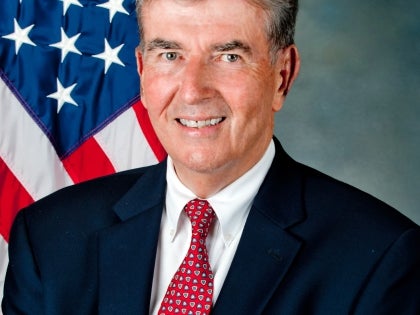
The Fiscal Practices Of Hmos In Nys
Background:
Last year, Senate Democrats commissioned an independent study by a well-known actuary to look at HMO profits in New York State. Frankly, we were amazed by what the study revealed. While consumers are paying higher premiums, higher copays and higher deductibles for health care coverage, they are receiving dramatically less coverage for their money. Today, HMOs in New York are reporting massive profits – profits that in part have come at the expense of working people, small business owners, and state and local taxpayers.
What did the study reveal?
Health insurance premiums continue to increase. Last year the costs of premiums paid by workers and their employers was up 6.1 percent, while wages rose an average of 3.7 percent and inflation went up 2.6 percent. Our analysis of New York’s HMO industry shows that between the years 2001 and 2005, while consumers coped with escalating premiums, profits for the health maintenance insurance industry soared by 93 percent– jumping from $672 million in 2001 to $1.3 billion in 2005.
During this five-year time period, HMOs lost about 14 percent of their insured. They also paid less of each premium dollar collected to health care providers, down from 85.3 percent in 2001 to 81.7 percent in 2005. And while HMOs were doubling their profits and losing one of every seven customers, their administrative and claims adjustment expenses went up by 24 percent.
What contributes to this growing inequity?
HMOs have essentially been left unregulated since 1999, and been allowed to increase premiums as they see fit, far in excess of what they need to cover increases in their costs. Since 2000, Senate Democrats have consistantly proposed legislation to return the regulation of HMO rates to the State Health Department. Without taking decisive action, insurance costs are projected to continue rising, likely leading to even more New Yorkers joining the ranks of the uninsured.
Public hearing to address a health care crisis
We are in the midst of a very real health care crisis in New York State. Health care is too expensive and still unavailable to too many New Yorkers. We have to wonder what happened to the 14 percent of people who dropped their HMO coverage during the five year study period– were they forced to join the ranks of New York’s 2.8 million uninsured? HMOs can and should be part of the solution, not part of the problem. They must act as responsible partners to the people of New York State.
On October 31, 2007, I conducted a public hearing in Rochester where health care professionals and other interested parties engaged in an open dialogue on issues related to HMO profitability. The recommendations formulated that day will provide the groundwork for future public policy discussions.
A summary of the information presented in Rochester includes:
